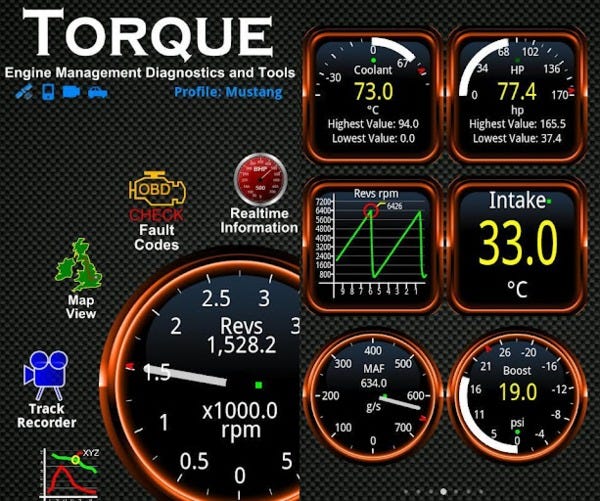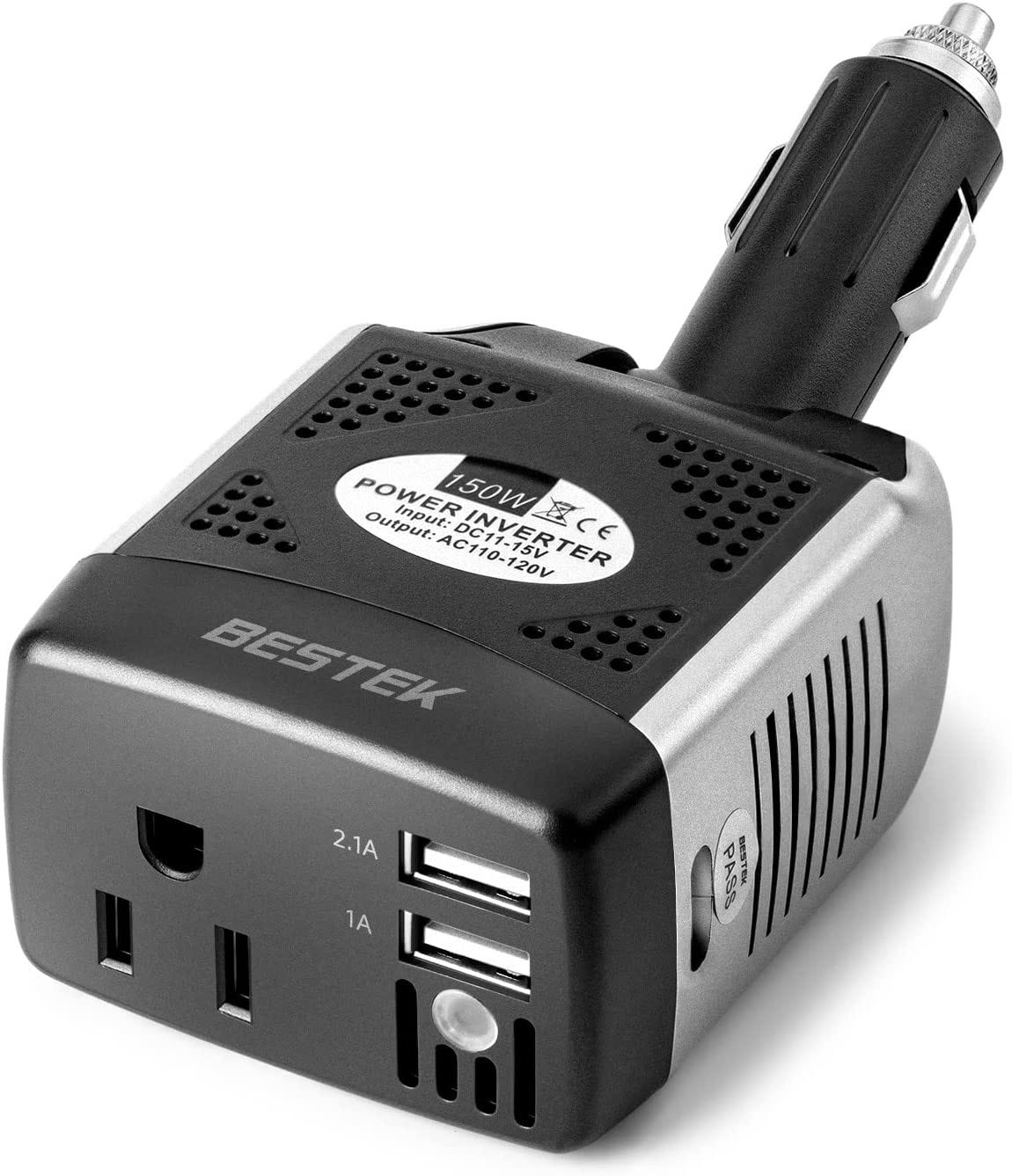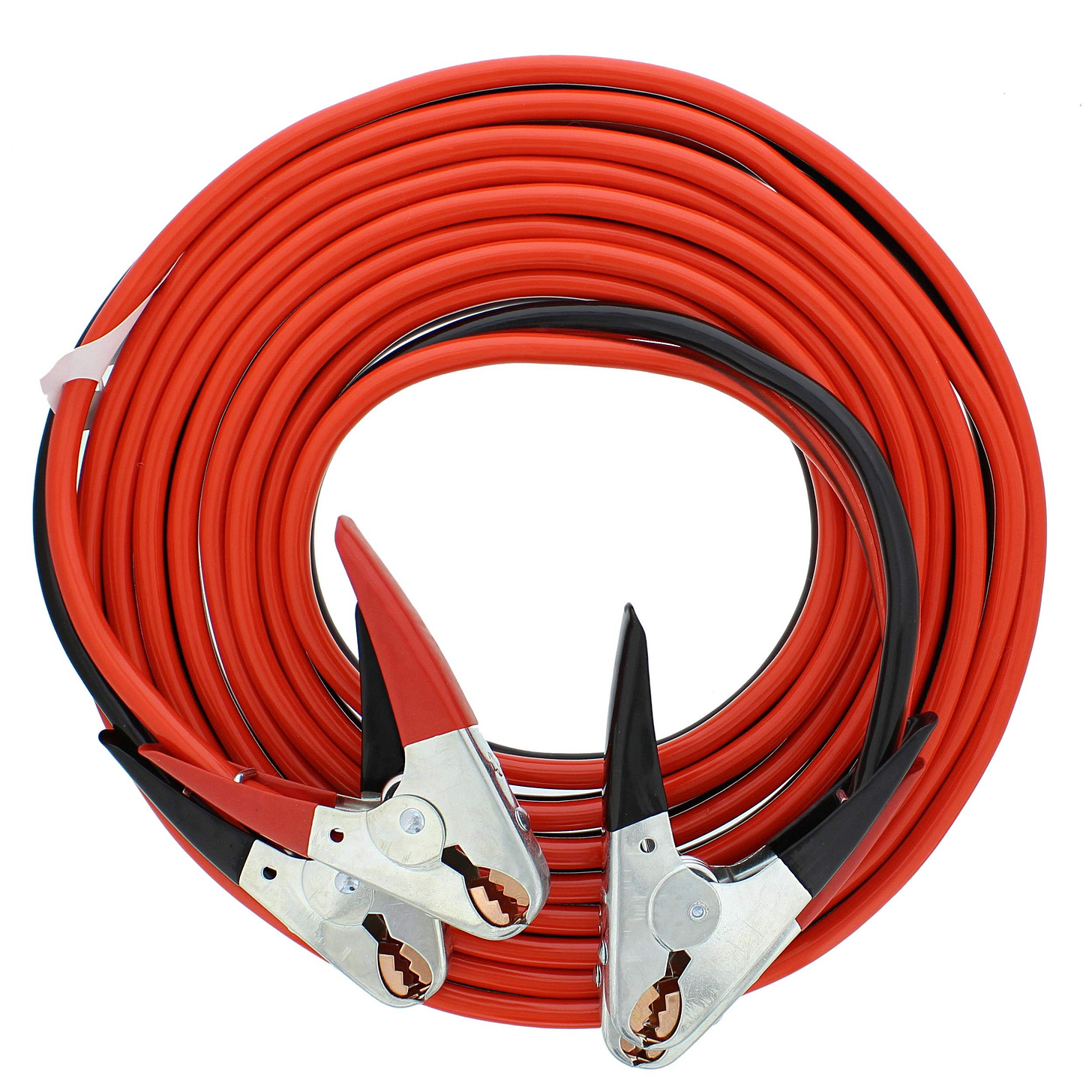Car Upkeep
Tools for Possibilities: issue no. 25
Once a week we’ll send out a page from Cool Tools: A Catalog of Possibilities. The tools might be outdated or obsolete, but the possibilities they inspire are new. Sign up here to get Tools for Possibilities a week early in your inbox.

Engine diagnostic tool
Torque Engine Diagnostic App and OBDII Reader
For years, every time I had a “check engine” light pop up I thought about plopping down $100 or more for an OBDII code scanner. I could never rationalize the cost of the the device and the limited benefits that it could give me (being limited to simply reading and perhaps resetting codes).
However, that’s all changed. Now if you have an Android phone or tablet there is a much less expensive and much more useful alternative. An app called Torque Pro available in the Android Marketplace provides an amazingly customizable dashboard of information. Among others, and depending on the vehicle you own, it can display transmission temperatures, 0-60 speed timings, and track CO2 emissions. The application is capable of graphing all the analytics, or outputting to a PC. Recently, the things that I have been using the most are instant and average fuel economy statistics.
The OBDII interface that connects your car to the Torque app can be used by any bluetooth enabled code reader (Torque has provided a list of all compatible devices). The one I use and recommend is the ELM 327 bluetooth OBDII scanner that I picked up on Amazon for around $25, but most compatible units will work just as well. — Karl Hafer Jr

Portable household current
You plug this solid-state inverter into your car’s lighter socket and power whatever 110 volt AC appliance you want, 75 watts max. No need for special DC gadgets. It’s made for recharging cell phones and other batteries (it has two USB plugs), but I’ve used it for my scanner and my printer while on the road. Also, I’ve run a small B&W TV set (5’5), and more important, my baby’s bottle heater (I admit is a small one). You can power almost anything that doesn’t use large resistance like hair dryers, waffle makers, bread toasters, small ovens. I haven’t tried a coffee maker yet.
The same company offers an assorted line of automobile inverters with more output power (200 watts on up). This is the smallest one. — Juan J Gil

Thicker cables, less resistance
I’ve had these jumper cables for over a year. At least four times I can recall, (and probably more) when someone was already being jumped and all they could get was a click or it barely turned over but wouldn’t go far enough to start, I’ve just put these on instead of the wimpy cables they were using and the engine fired up instantly. Even from a smaller car to a larger one.
If you need to get hundreds of cold cranking amps over several feet of cable, the voltage drops by the resistance times the current. So even a tiny fraction of an ohm matters when you need that many amps, since you can halve the voltage at the starter. You might barely get enough to the point of connection of the other car, then there are thinner wires to the alternator and a thirsty battery. Your battery and alternator probably provides more than enough but it doesn’t help if it doesn’t get there and instead just warms the jumper cables. Once when I didn’t have these I managed to get a car to barely start by putting a second pair of the thinner cables in parallel.
Forget anything under 6-gauge. 4-gauge can work most of the time. These 2-gauge cables work every time even though they are 20 feet long. — Thomas Z.

Portable jump kit
Mechanics here in Boston call this a “jump kit.” It’s a briefcase-sized, 20lb, 12V battery with built-in 12v/120v charger, and with built-in jumper cables attached. The Jump-N-Carry is a much easier way to jump a car; no jockeying the live car to kiss bumpers, no stretching jumper cables between cars. I tend to keep mine in my car, so it’s quick & easy to help anyone who needs a jump. A cute trick for a dead alternator is to hook up the jump kit, lay it inside the engine well, close the hood as well as you can, and drive to the shop. One of my mechanics has a J&C with a case that melted from doing this trick, but it still works fine.
This model can be charged from your car’s cigarette lighter, but I just plug mine into a wall outlet with any extension cord that’s handy. It holds its charge for months without recharging. I’ve had one, trouble-free, for a year and a half. — Don Davis
03/13/23





